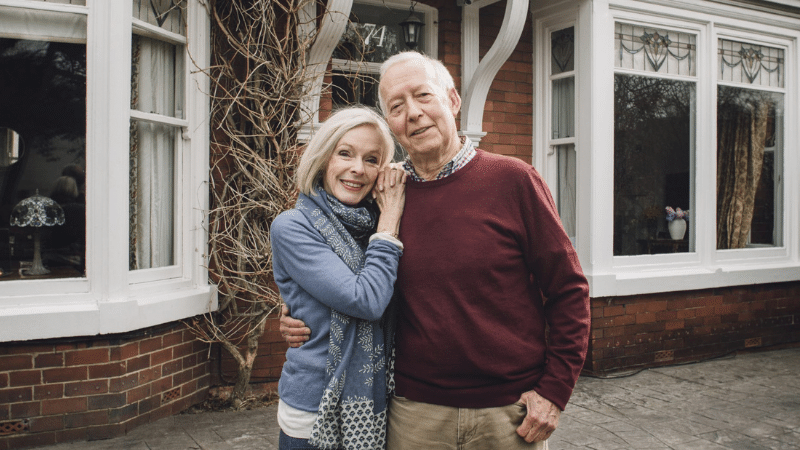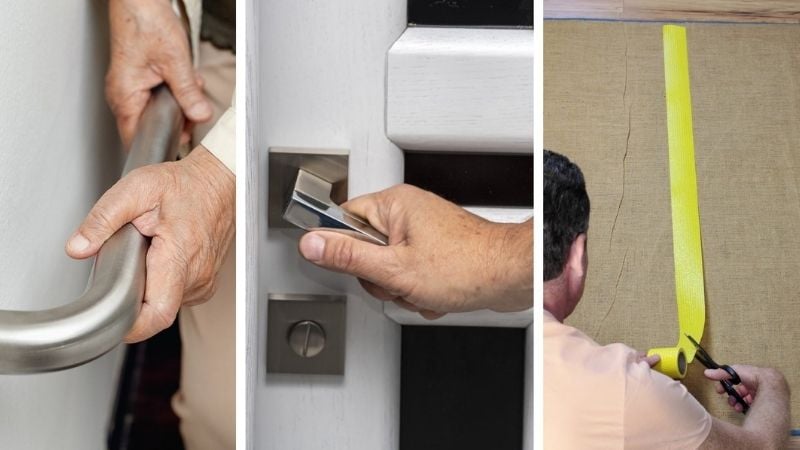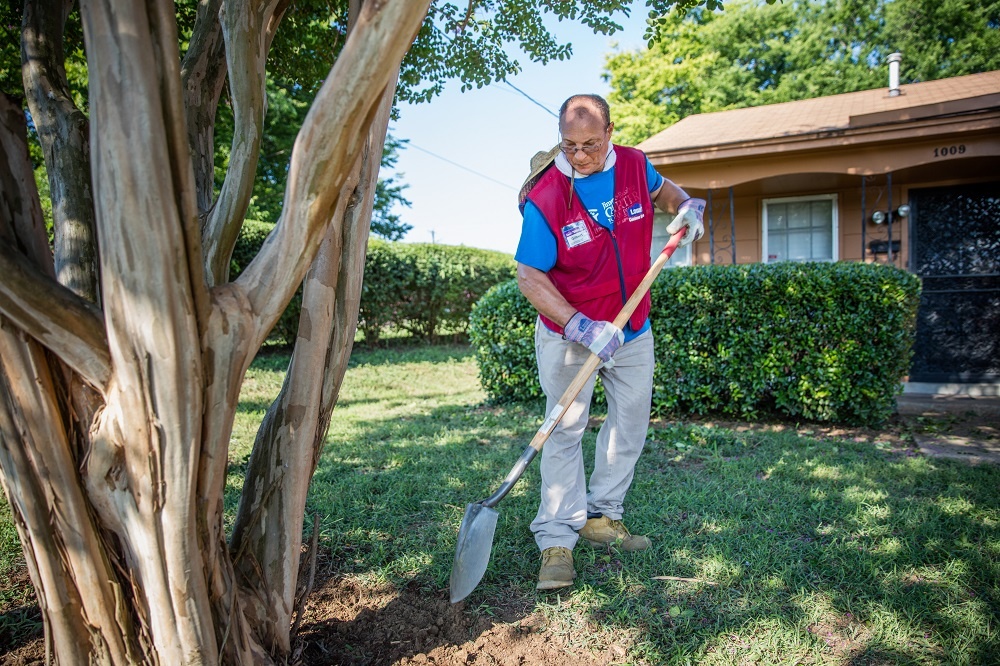When is Aging in Place Right for You or Your Loved One?
The decision to live at home as an older adult can be a difficult one for loved ones, caretakers, and most of all, seniors themselves. That's why...
3 min read
 Twin Cities Habitat for Humanity
:
11:30 AM on February 16, 2021
Twin Cities Habitat for Humanity
:
11:30 AM on February 16, 2021

At some point in life, seniors realize they have a decision to make: "Can I stay at home instead of moving?" It could be due to major life events, health issues, or just the passing of time, but eventually, we all need to figure out which living situation is right for us. When seniors do decide to move away from home, it's usually for a few common reasons.

Ideally, seniors can make the decision to age in place or move based on their own criteria – that is, what they want from life – rather than health or financial limitations. Today, aging in place is a realistic option for more seniors than ever. Here are four reasons seniors leave their homes and alternatives that can help seniors make the right decision for themselves and their families.
The risk of falls increases dramatically as we age, and each one has the potential to cause serious damage. Through adulthood, we accept that our homes fit our current lifestyles, so we often don't think about the layout of our living spaces. Then in our later years, whether because of a fall or other health scare, we're faced with the reality that it's harder and more dangerous to get around than it used to be – a realization that can lead some seniors to move out of their homes.
But aging in place home modifications can help your home fit your changing lifestyle. Living on one level, creating plenty of room to move, and making sure there's always something to lean against (like walls, handrails, or grab bars) are simple ways seniors can make the homes they love work for them, even as many aspects of their lives change.
You might not think about the role your house plays in your day-to-day, but for seniors, the choice to age in place usually means adapting their daily routine in one way or another. Senior living communities often manage medication schedules and health concerns, but there are effective ways to address daily needs right from your own home.
There are a number of ways to navigate daily life from home. Here are just two:
Isolation has a huge impact on seniors' well-being. Physical, mental, and emotional metrics trend downward as we age, and that path is only accelerated when we don't have people and friends to interact with. For some, moving out of the house and into an organized senior community seems like a simple way to inject their lives with social interaction, but they're often far from family and disconnected from their existing social circle.
The truth is that aging in place can be a social experience, too. In addition to family get-togethers, pet ownership, and meeting new people in the world every day, living options like home sharing and the Village to Village Network rely on interacting with people every day. With reliable access to transportation (like public transit, family, and even ridesharing services), seniors living at home can ensure a consistent level of social engagement.
After retirement, many older adults live on a fixed income. With bills, groceries, and incidental expenses to worry about, living at home can feel like a tall order with tightened purse strings. But the monthly costs associated with living at home are typically dwarfed by the average cost of living in an assisted living facility.
Additionally, choices for both assisted living facilities and subsidized senior housing are often limited and can provide an inconsistent quality of life for seniors on a fixed income. Aging in place at home allows seniors more control over their lifestyle, day-to-day life, and pocketbook.
Every senior's living situation is different, but nobody should have to move out of their homes because of everyday health, safety, socialization, or financial concerns. With resources and assistance from aging in place programs, the reality is that living at home in older age can be a realistic option for almost anyone.
The Age Well at Home™ program from Twin Cities Habitat for Humanity partners with families and healthcare providers to help seniors live longer, happier, and more fulfilling lives at home. Click the link below to discover how Age Well at Home™ can help your loved ones stay in their homes longer.
Your gift unlocks bright futures! Donate now to create, preserve, and promote affordable homeownership in the Twin Cities.

The decision to live at home as an older adult can be a difficult one for loved ones, caretakers, and most of all, seniors themselves. That's why...

Safety is one of the main reasons seniors move out of their houses. If you or a loved one are among the 90% of people who want to live in their homes...

Should I stay or should I move?